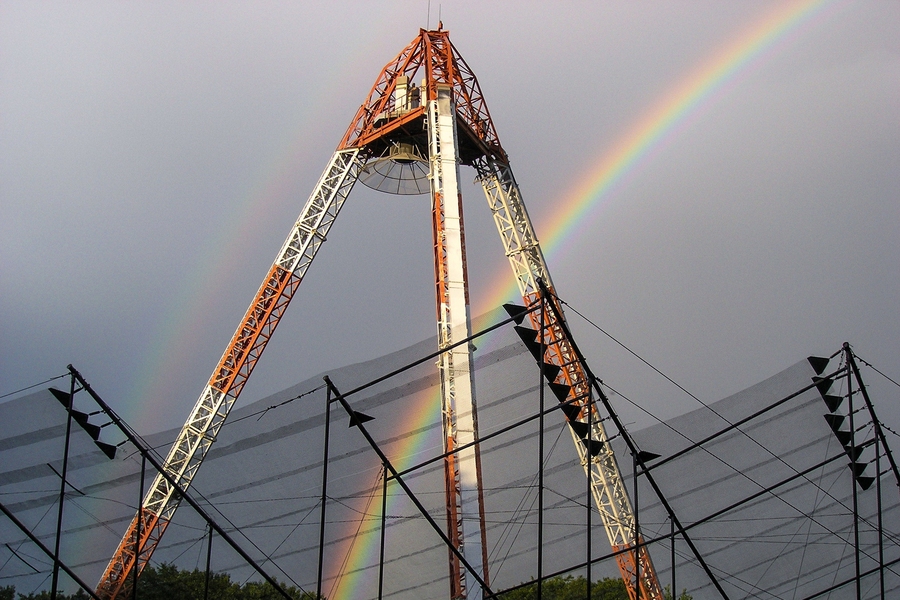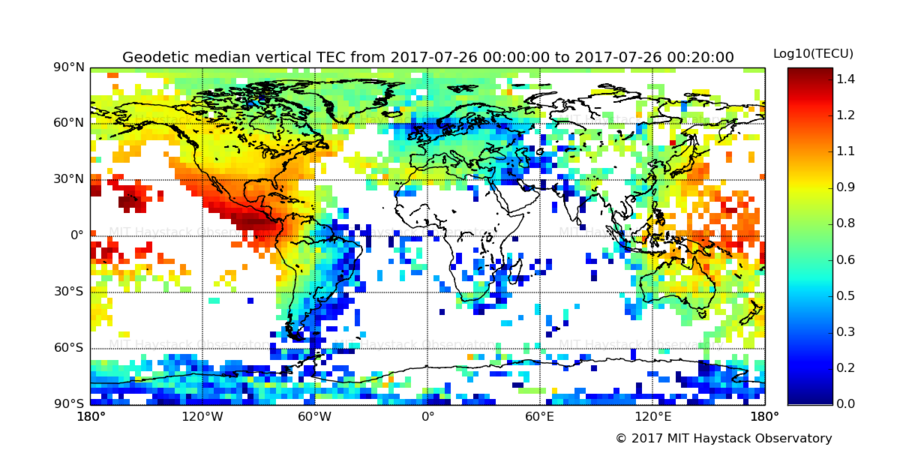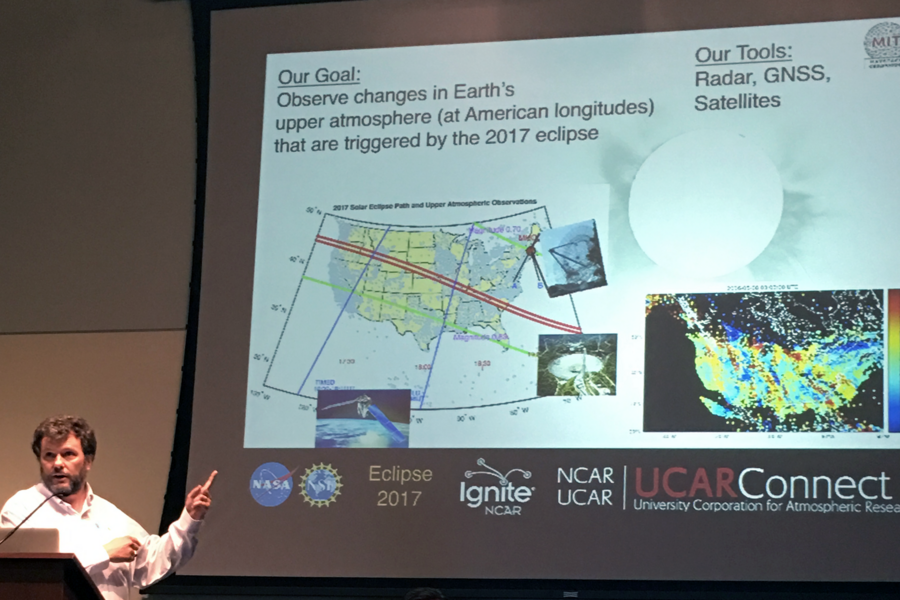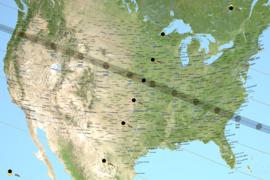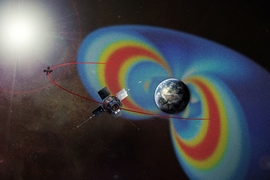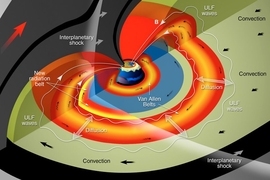On Aug. 21, a solar eclipse will occur over the United States. Hotels throughout the 70-mile-wide path of totality from Oregon to South Carolina have been completely booked by amateur astronomers and excited skywatchers. Even outside the path of totality, a partial solar eclipse will take place across the entire continental U.S. Scientists at MIT are taking advantage of this rare event to study its effects on weather in the near-Earth space around our planet, a place directly affected by our nearest star — the sun.
MIT’s Haystack Observatory is one of several institutions whose ground-based eclipse research has been funded by NASA. A team led by Haystack Assistant Director Phil Erickson will investigate the effects of the eclipse on the Earth’s ionosphere, using the National Science Foundation-supported Millstone Hill incoherent scatter radar facility in Westford, Massachusetts, together with an extensive network of ground-based GPS receivers, National Science Foundation Arecibo Observatory in Puerto Rico, and NASA's TIMED satellite mission.
Scientists at Haystack will also monitor supplementary GPS signal collection sites within the path of totality to augment existing receivers during the eclipse. These additional GPS receiver sites will collect data at a special, advanced rate before, during, and after the eclipse. Data will be added to a worldwide observation set gathered from the network of GPS and other navigational satellite systems that surround the Earth, providing valuable information on the atmospheric changes that occur during the eclipse.
“The most exciting thing about the eclipse for scientists is that we’ll be able to monitor this event in incredible detail, using a combination of high-precision satellite networks all along the path of totality,” says Anthea Coster, Haystack Observatory assistant director. “The specially equipped receivers we’re placing across the continent will enable us to gather data of unprecedented quality.”
Haystack researchers will study the eclipse’s effects on the ionosphere, the charged part of the Earth’s upper atmosphere that is created daily by solar radiation on the upper neutral atmosphere. Essential communications and navigational satellite systems are located above the ionosphere, and geomagnetic storms have the potential to disrupt these systems as well as our electrical power grids. By studying the effects of the eclipse on the ionosphere, we can learn more about the atmospheric response to solar flares and other space weather events.
During the eclipse the sun will, in effect, turn off and back on very quickly, potentially causing waves called traveling ionospheric disturbances (TIDs). Both hemispheres are affected by such ionospheric events, due to electrical coupling across hemispheres. Research during this eclipse will involve much more precise and better distributed ground-based monitoring tools than ever before, in combination with GPS and other satellite overflights.
Haystack will livestream changes in the ionosphere as seen by the Millstone Hill radar data on the day of the eclipse, along with a live optical feed of the sun’s disk from MIT Wallace Observatory. Haystack and Wallace are also co-hosting an eclipse-watching event in Westford. The event is currently at maximum capacity, but Cambridge-based eclipse watchers can participate in the on-campus event hosted by the Department of Earth, Atmospheric and Planetary Sciences or other local viewing events.
Please note: Eye protection is essential for all eclipse viewers, as well as for your camera lens. Never look directly at the sun during the eclipse, and remind children of the danger! If you are using your own solar glasses, be sure to first consult the American Astronomical Society list of reputable vendors of solar viewing products.
